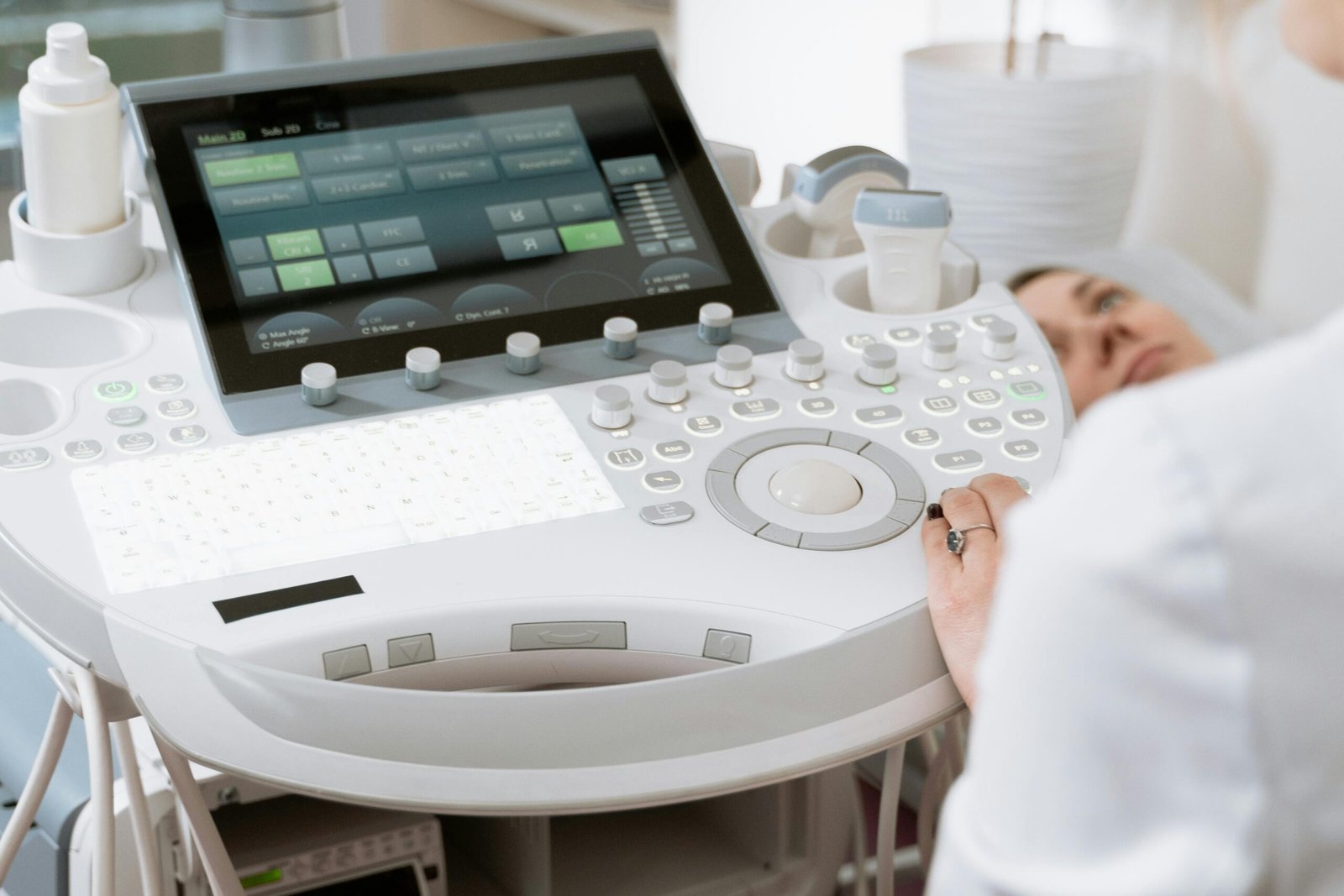Ultrasound technology has come a long way from its early beginnings and is now an essential part of modern healthcare. Ultrasound Tech: This powerful imaging tool has revolutionized medical diagnostics, offering a non-invasive, safe, and effective way to look inside the human body. Understanding how ultrasound tech works, its various applications, and its benefits can provide insight into the incredible advancements in the medical field. In this article, we’ll explore the intricacies of ultrasound technology and how it continues to shape the future of diagnostics.
What is Ultrasound Technology?
Ultrasound technology is a medical imaging technique that uses high-frequency sound waves to produce images of the internal structures of the body. It is commonly used in a variety of medical settings, including obstetrics, cardiology, and emergency medicine. The sound waves are emitted by a transducer, which is placed on the skin’s surface. These sound waves bounce off internal organs, tissues, and fluids, creating echoes that are converted into visual images.
The non-invasive nature of ultrasound tech makes it an ideal choice for doctors to diagnose a range of conditions without the need for surgery or radiation. Its ability to capture real-time images has also made it invaluable for guiding certain medical procedures, such as biopsies or injections.
How Ultrasound Tech Works
Ultrasound machines rely on piezoelectric crystals within the transducer to generate sound waves. When an electrical current passes through these crystals, they vibrate, emitting sound waves that travel through the body. When the waves encounter a boundary between different types of tissue, some of the waves are reflected back to the transducer. These reflected waves are captured and processed to create an image.
The transducer can be moved over different parts of the body to capture images from various angles. With modern advancements, ultrasound tech has improved resolution, offering clearer and more detailed images. It can be used to examine soft tissues, muscles, joints, blood vessels, and other internal organs. Its versatility is one of the reasons it has become an indispensable tool in medicine.
Applications of Ultrasound Technology
Ultrasound technology is used in a wide range of medical applications, including:
Obstetrics and Gynecology
Ultrasound tech is best known for its use in monitoring pregnancies. It allows doctors to visualize the developing fetus, check its growth, detect potential abnormalities, and monitor the baby’s position before delivery. The safety of ultrasound makes it an excellent tool for tracking pregnancies over time.
Cardiovascular Imaging
In cardiology, ultrasound technology is used to produce echocardiograms, which allow doctors to examine the heart’s structure and function. It provides critical information on heart conditions like valve diseases, congenital defects, and heart failure. Real-time imaging helps in making fast, accurate diagnoses.
Abdominal and Pelvic Imaging
Ultrasound is commonly used to assess abdominal organs such as the liver, kidneys, gallbladder, and pancreas. It is also widely used for pelvic imaging to diagnose conditions related to the reproductive organs in both men and women. Ultrasound tech plays a vital role in diagnosing kidney stones, tumors, and gallbladder disease.
Musculoskeletal Imaging
Ultrasound technology can be used to visualize muscles, tendons, and ligaments. It is particularly useful for diagnosing soft tissue injuries, such as sprains or tears, and guiding treatments like cortisone injections. Ultrasound tech has proven to be a valuable asset for sports medicine and orthopedics.
The Advantages of Ultrasound Technology
Ultrasound technology offers numerous benefits over other imaging modalities. First and foremost, it does not use ionizing radiation, which makes it safer than X-rays or CT scans, particularly for pregnant women and children. It is also cost-effective, making it accessible in both large hospitals and small clinics. Furthermore, ultrasound machines are portable, allowing for use in various settings, from bedside care in hospitals to remote clinics.
Another significant advantage of ultrasound tech is its ability to capture real-time images. This is especially useful in guiding invasive procedures like needle biopsies, where precision is critical. The flexibility, safety, and real-time feedback provided by ultrasound make it a preferred option for many medical professionals.
Advancements in Ultrasound Technology
With continuous advancements in technology, ultrasound machines have become more sophisticated. Today, 3D and 4D ultrasound technology allows for more detailed and dynamic images, especially in prenatal care, where doctors can get a clearer view of the fetus. Doppler ultrasound is another advancement that measures the flow of blood through vessels, helping diagnose cardiovascular issues.
Artificial intelligence (AI) is also starting to play a role in ultrasound tech. AI algorithms are being developed to assist in interpreting ultrasound images, making diagnoses faster and more accurate. As these advancements continue to evolve, ultrasound technology will likely become even more integrated into routine medical care.
Future Prospects for Ultrasound Tech
The future of ultrasound technology is bright. Innovations in AI, portable devices, and enhanced imaging capabilities mean that ultrasound machines are becoming more precise and accessible. The potential to combine ultrasound tech with other diagnostic tools will further improve patient care and expand the use of non-invasive procedures.
Researchers are also exploring new ways to use ultrasound in therapeutic settings, such as targeted drug delivery and cancer treatment. This technology’s versatility ensures it will remain a crucial component of modern healthcare for years to come.
Conclusion
Ultrasound technology is an essential tool in today’s medical landscape, offering a non-invasive, safe, and effective way to diagnose and monitor a wide range of conditions. From prenatal care to cardiovascular imaging, ultrasound tech provides real-time images that help doctors make quick and accurate diagnoses. As advancements continue, including the incorporation of AI, the role of ultrasound technology in healthcare will only grow.
This invaluable technology is shaping the future of diagnostics, making medical care more efficient, precise, and accessible across the globe. Whether it’s through early detection of diseases or guiding life-saving procedures, ultrasound tech is a cornerstone of modern medicine.









